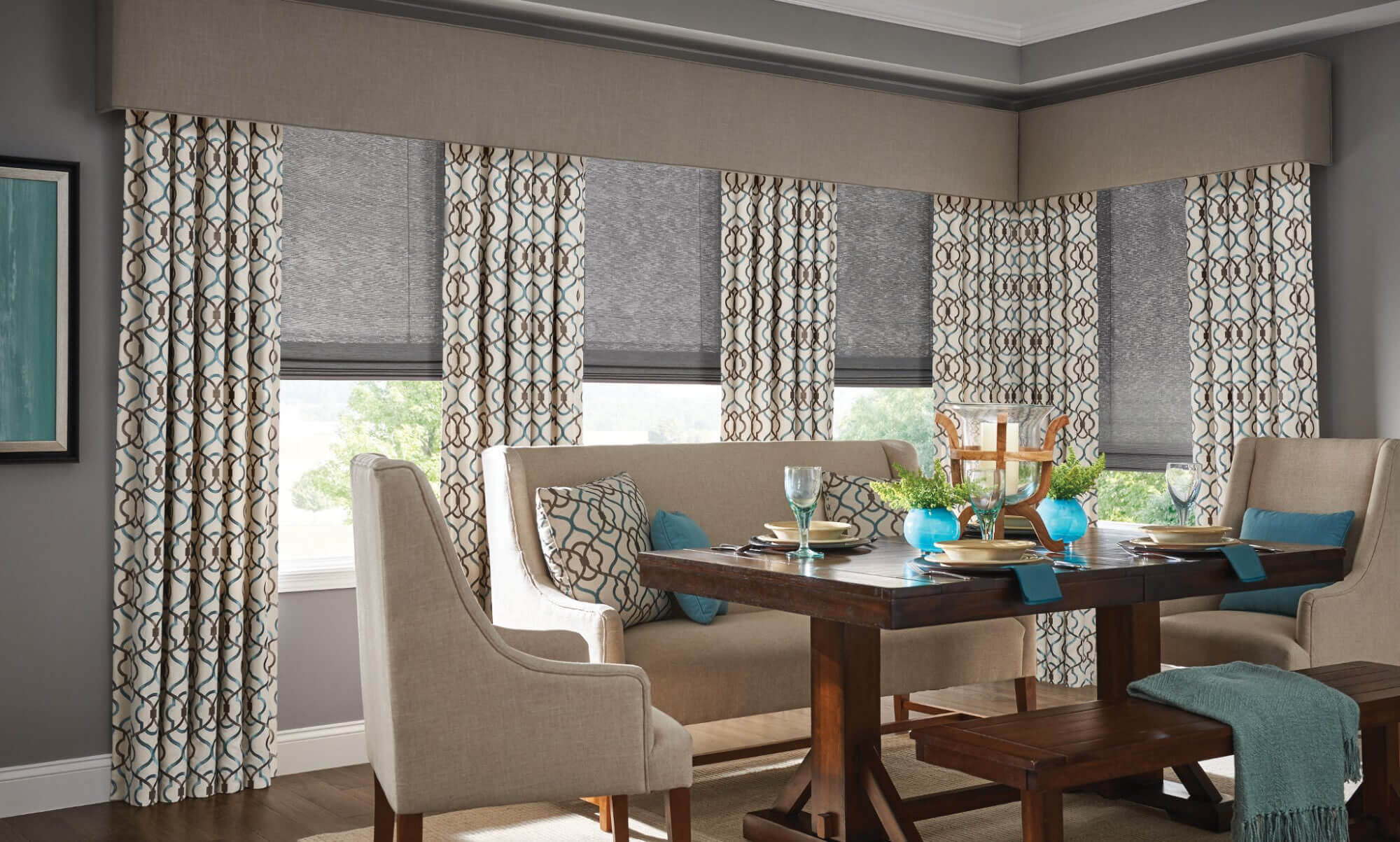There is an outstanding amount of design options to pick from when choosing new window treatments for the home, and that doesn’t even come close to realizing the amount of customization choices that each of the designs has to offer. To put them all together would result in a nearly endless amount of variety. So when it comes to picking out a new window dressing for the home, office, or other space, it can be a daunting task that can make it difficult to wrap one’s head around. Fortunately there are some simple tricks to help break down the choices into easier to judge parts. One of the easiest ways is to split all the window treatments into their own distinct categories. Three of which are shades, shutters, and blinds. Each window treatment has the same basic capability, to ensure privacy and filter or block out light from the outside. Beyond that though, each design has major differences, both in their manufacturing and style that can make narrowing the list much simpler.
Shutters are made from either a natural or composite wood material, and are a distinct type of stationary blind that is moved with a rod, attached to the slats in order to move them. Shutters can usually be moved in two ways. The first is using the rod, in which the slats will slide open and closed, allowing the user to control the amount of light coming into the room. The other is to open the panels like doors, which allows the most light to enter the room. Their study construction makes them the more durable of the three window treatments, and their heavy material composition also makes them excellent at insulating the house during the summer and winter.
Blinds on the other hand are very similar to shutters, both having slats which block out the light, but where they differ is in the area of durability and density. Blinds are referred to as soft window treatments while shutters are hard window treatments because blinds have parts that can bend and are flexible while shutters are not meant to be flexible. Blinds can be pulled vertically or horizontally to stack either to the side or at the top of a window, compared to shutters opening and closing, and shades being a continuous roll.
As for shades, these window treatments are the most diverse set. As most are made from fabric, there is a wealth of colors and patterns that can be displayed along the surface of the shades. These window dressings are affordable, stylish and offer a great array of functionality and class. Certain designs of shades excel in light filtration, privacy, style, and every other area important to a homeowner.
So whether you choose shutters for their classic and traditional appearance, shades for the breath of their functionality, or blinds for their ease of use, imagine how well they will fit into your home. Each type of window treatment has its own advantages, and should be considered carefully before choosing. Hopefully though, with this small explanation you can find the correct shade, blind, or shutter to fit the theme and setting of your space.



